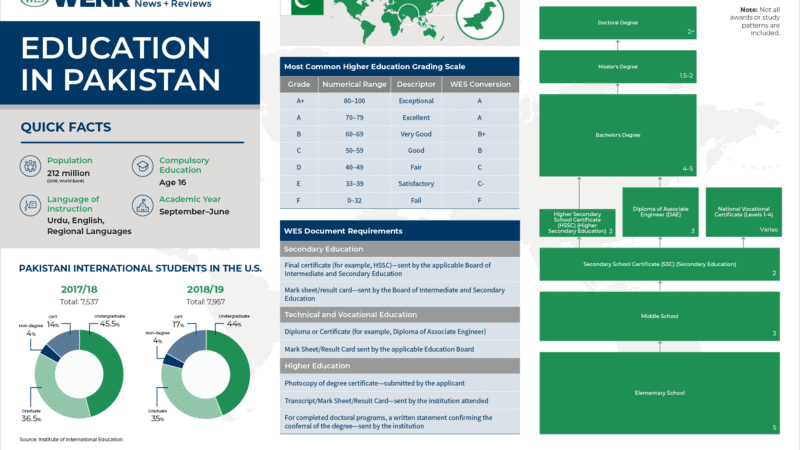Eradicating Corruption Through Mixed Policies and Fee-Based Systems

Corruption remains one of the most significant challenges in India, affecting everything from local governance to high-level policymaking.
A well-structured mixed policy model, combining regulated taxation, fee-based systems, and transparency measures, can help eliminate corruption from the lower levels of bureaucracy to the highest echelons of government.
This article explores how a hybrid revenue system, alongside strict governance policies, can create a corruption-free economic environment.
The Root Causes of Corruption
Corruption in India is driven by several factors:
1. Complex Taxation System – Multiple taxes create loopholes for bribery and tax evasion.
2. Bureaucratic Red Tape – Lengthy approval processes encourage under-the-table transactions.
3. Lack of Transparency – Opaque financial dealings allow corruption to flourish.
4. Weak Law Enforcement – Lack of strict penalties for corrupt officials emboldens misconduct.
5. Cash-Driven Economy – A high dependence on cash transactions makes bribery difficult to track.
Mixed Policies to Combat Corruption
A mixed policy framework that integrates taxation, fee-based services, and digital governance can systematically reduce corruption. The following are the key components:
1. Simplified and Transparent Taxation
Reduce direct tax complexities by implementing a flat tax system with a fixed rate for individuals and businesses.
Shift towards GST-based consumption taxation with fewer exemptions to minimize tax loopholes.
Encourage automatic tax deduction at the source to prevent underreporting of income.
2. Fee-Based Governance Model
Instead of arbitrary taxes, introduce regulated user fees for public services such as licensing, permits, and government approvals.
Make fee structures transparent and fixed, eliminating opportunities for bribery.
Implement performance-based service fees, rewarding efficiency in government departments.
3. Digitization of Transactions and Services
Move all government transactions, permits, and subsidies to blockchain-based digital platforms.
Mandate online payment systems for public services, eliminating cash-based corruption.
Implement AI-driven audits to detect fraudulent transactions in government accounts.
4. Strict Anti-Corruption Laws and Enforcement
Strengthen laws like the Prevention of Corruption Act with mandatory penalties for offenders.
Establish independent anti-corruption bodies with the authority to investigate politicians and bureaucrats.
Introduce whistleblower reward programs to incentivize reporting of corruption cases.
5. Decentralization and Local Accountability
Promote local self-governance with transparent public audits.
Require real-time financial disclosures by government officials.
Create citizen complaint portals with legal protections for those reporting corruption.
Case Studies of Successful Implementation
Singapore: Transformed from a corruption-prone state to one of the world’s cleanest governments through streamlined taxation, digital governance, and strict legal enforcement.
Estonia: Digitized all government services, reducing human intervention and eliminating opportunities for bribery.
Scandinavian Countries: Implemented a low-tax, high-fee structure while maintaining strict financial transparency.
Challenges and Solutions
1. Resistance from Bureaucrats and Politicians – Implement AI-based governance to minimize human intervention.
2. Public Hesitation to Accept Digital Services – Conduct mass awareness campaigns and ensure ease of use for all citizens.
3. Possibility of Fee-Based Services Exploiting Citizens – Implement price caps and government oversight to prevent excessive charges.
Conclusion
A hybrid policy model that combines simplified taxation, structured fees, digital transparency, and strict anti-corruption measures can effectively reduce corruption from the grassroots level to the highest offices. By ensuring direct accountability, financial digitization, and strict enforcement, India can move toward a clean and efficient governance system.
Final Thought
Would you support a transition to a fee-based governance model with transparent taxation to eliminate corruption? Let us know your views!

“At Brutnow media we tell you stories of change and those who dared to go the road less taken. Brutnow is a digital platform for your daily bite on what’s going on in your socio-economic landscape. We give you glimpses of the entrepreneurial world and highlight young thinkers and builders who may be the next big thing. We also analysis political, economical, technological header for the current scenarios. Our stories feature conversations ,helpful resources and insights from the industry that could be the motivation and push you’re looking for the company and your growth. We have interviewed and analyzed over 50+ entrepreneurs and counting , documenting their journey and struggles and their take on the future. An ecosystem of entrepreneurs”




